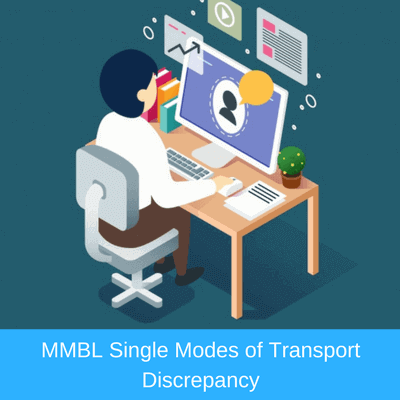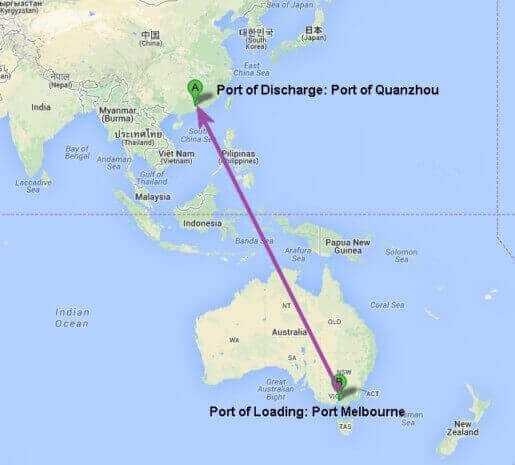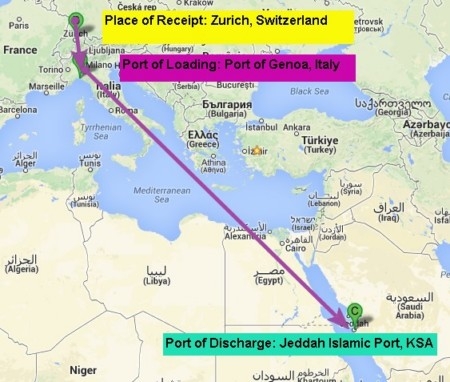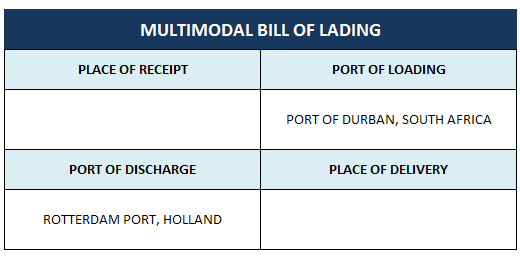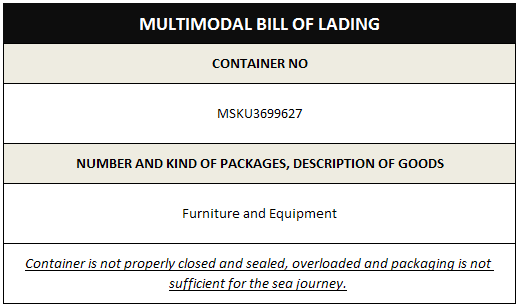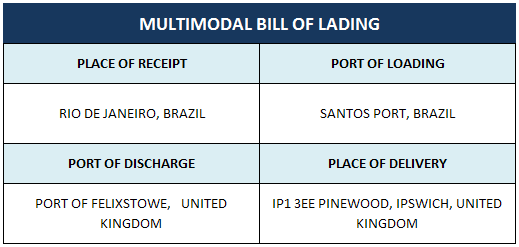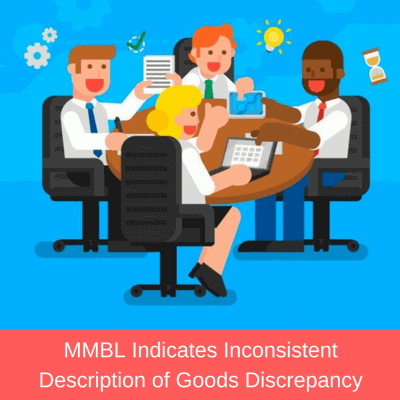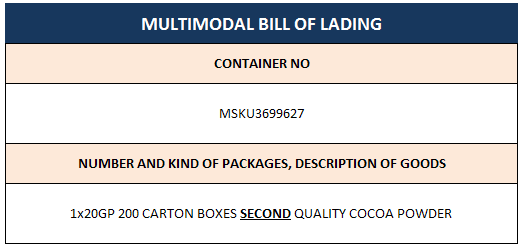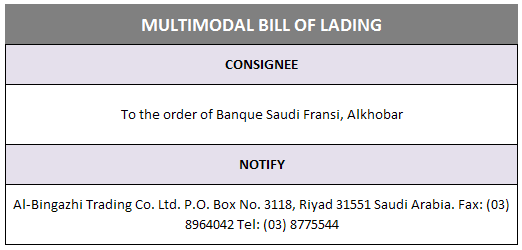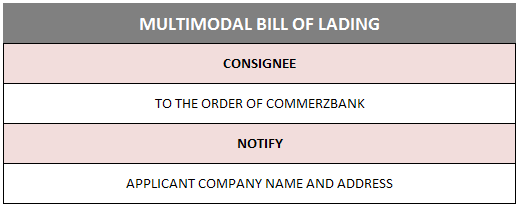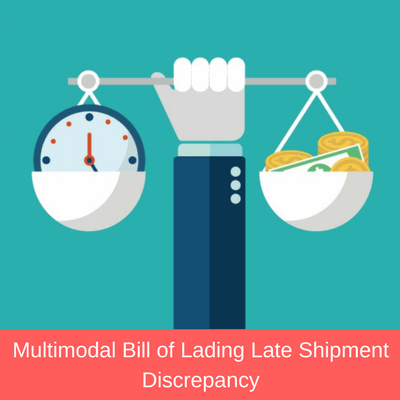Multimodal transportation is the movement of one unit load from origin to destination by several methods or transportation under one document without breaking up the unit load.
The development of container traffic has made this possible, as containers can travel from end to end without being opened/unloaded/reloaded during the course of the journey.
The advantage for those who make use of multimodal transportation is that they have one document only for the whole operation and that the operator is legally responsible for a satisfactory overall performance by his own staff and by the agents or branches that he is employing.(1)
Multimodal bill of lading is the transport document that covers at least two different modes of transport.
On this page you can find most common discrepancies related to the multimodal bills of lading under the letters of credit transaction.
Multimodal Bill of Lading Discrepancies
- Transport Route Not Per Letter of Credit
- Late Shipment
- Consignee Different Than Letter of Credit
- Notify Different Than Letter of Credit
- Description of Goods Inconsistent with Other Documents
- Place of Receipt Different than the Letter of Credit
- Multimodal Bill of Lading Does Not Cover At Least Two Different Modes of Transport
- Unclean Multimodal Bill of Lading Presented
Important Definitions Regarding the Multimodal Bill of Lading under Latest Letter of Credit Rules:
- According to latest UCP 600 letter of credit rules a multimodal bill of lading should not bear any indication that it is subject to charter party.
- All original multimodal bills of lading printed by the carrier must be presented to the bank by the beneficiaries.
- It is hard to prevent a transshipment in a multimodal transportation as a result even letter of credit prohibits transshipment multimodal bill of lading can state ‘Transshipment may/will take place.”
- Multimodal bill of lading should be regarded as a negotiable transport document like a bill of lading if the last mode of shipment in the entire journey is completed by sea transportation.
- More than one notify parties could be stated in a multimodal bill of lading.
- ‘To Order’ or ‘To the order of shipper’ means that multimodal bill of lading should be endorsed by the shipper as per letter of credit instructions.

